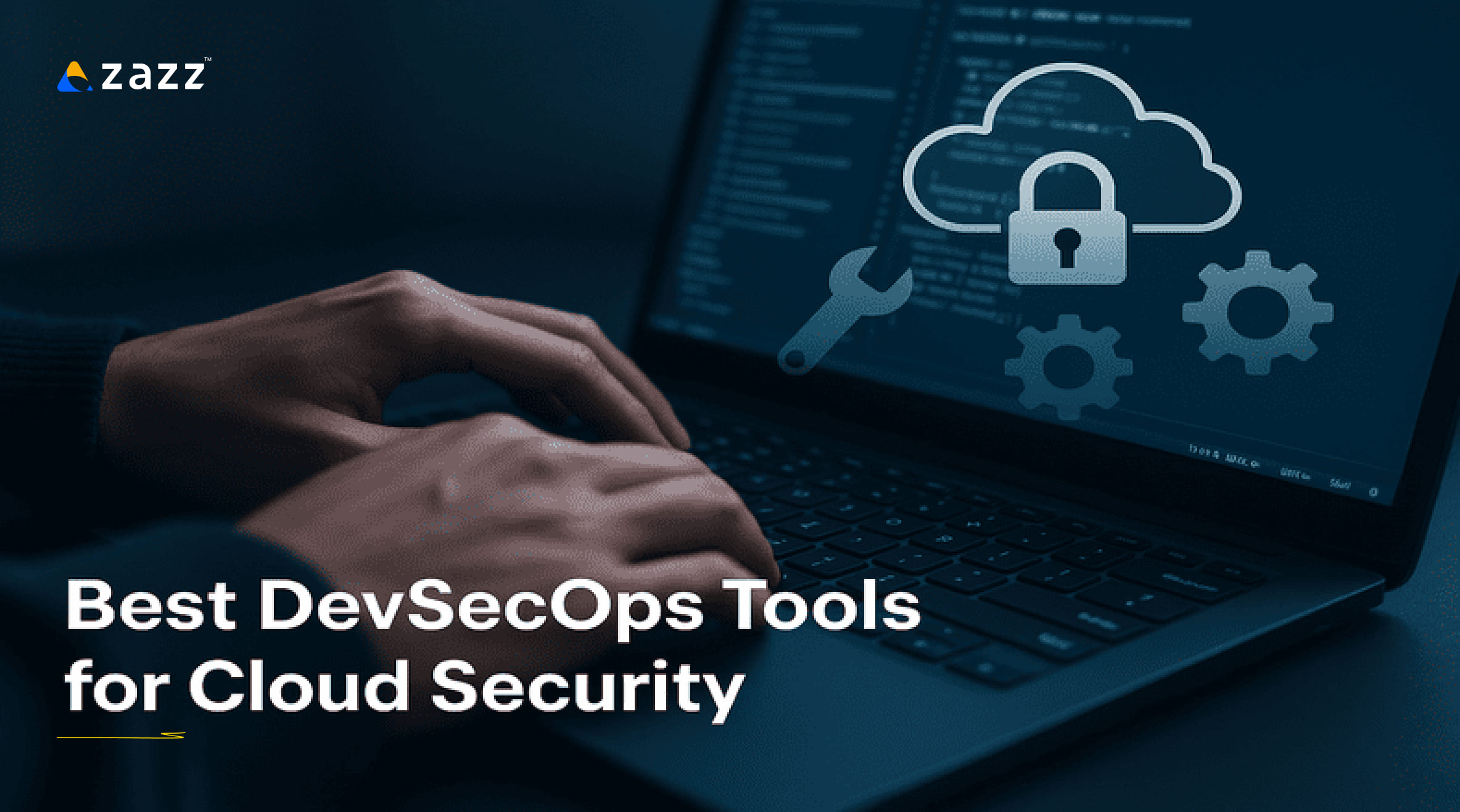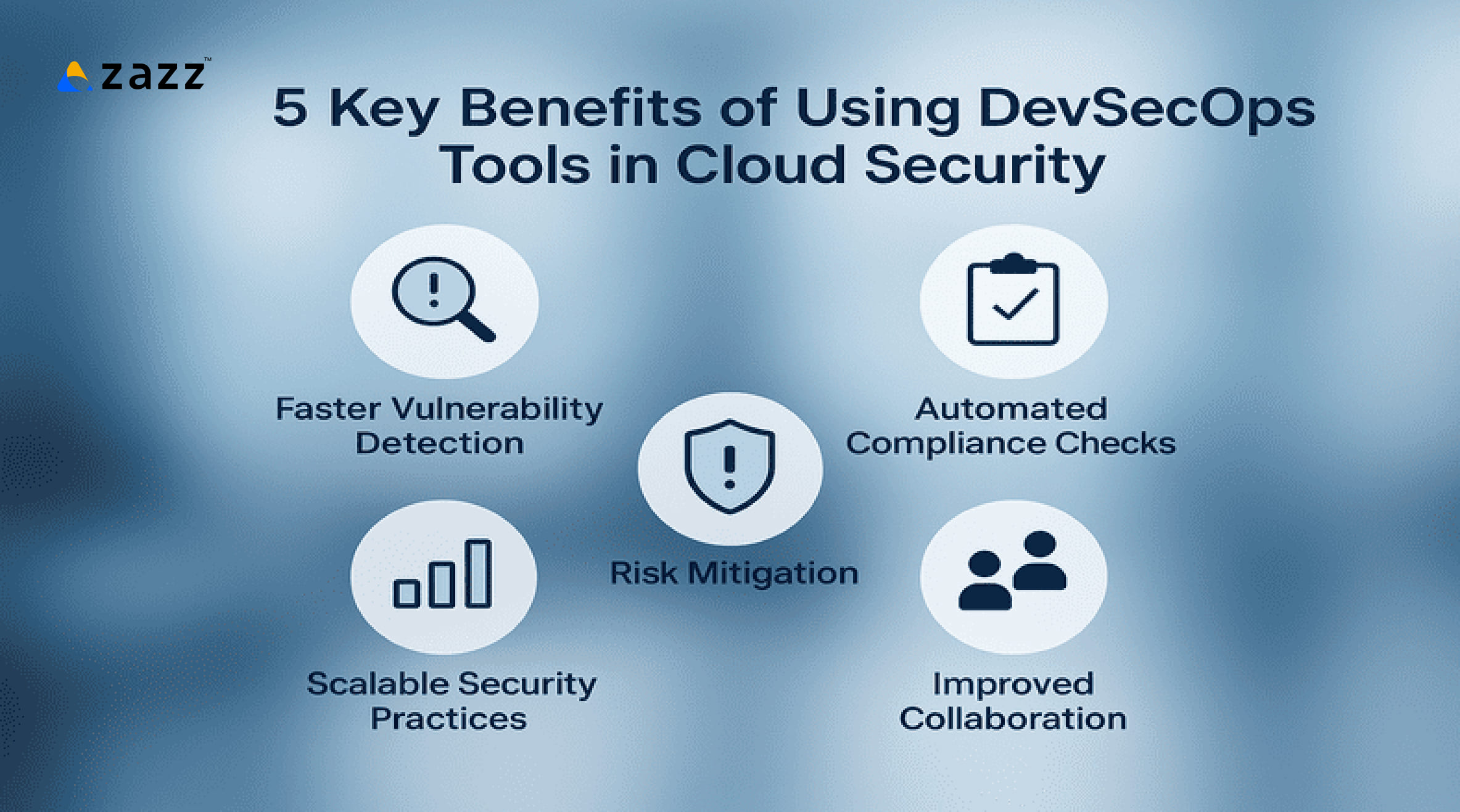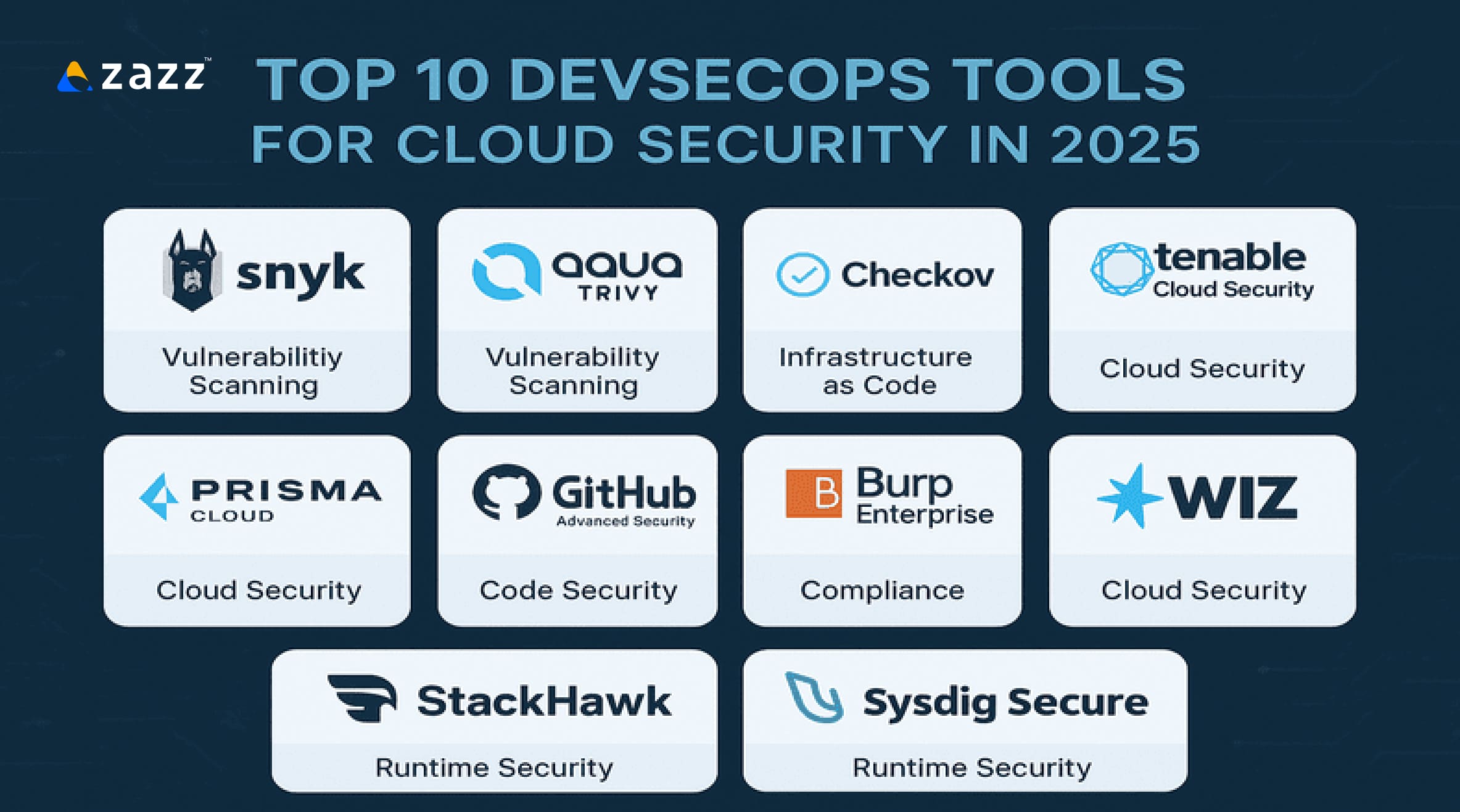
In today’s digital-first world, security is no longer an afterthought—it’s embedded into every stage of the software development lifecycle. As cloud-native development accelerates and cyber threats become more sophisticated, DevSecOps has emerged as a critical discipline that ensures security is built in, not bolted on.
According to a 2025 Gartner report, 70% of enterprises have integrated DevSecOps practices into their CI/CD pipelines, a sharp rise from just 40% in 2022. This surge is fueled by the increasing cost of data breaches, which IBM estimates to average $4.8 million per incident in 2024, and the urgent need for organizations to safeguard their cloud environments.
Trends such as Shift-Left Security, which advocates integrating security early in the development process, and Security-as-Code, where security policies are codified and automated, are now foundational to secure software delivery. These concepts aren’t just buzzwords—they’re transformative practices shaping how modern development teams operate.
What are DevSecOps Tools?
DevSecOps security tools are specialized platforms and utilities that integrate security into DevOps pipelines. Their purpose is to automate security tasks, enable early detection of vulnerabilities, and ensure that applications remain secure throughout their lifecycle.
These tools typically fall into several key categories:
- Static Application Security Testing (SAST): Analyzes source code for vulnerabilities before the application is run.
- Dynamic Application Security Testing (DAST): Scans running applications for security flaws during runtime.
- Continuous Security Monitoring: Keeps a watchful eye on systems, configurations, and IT infrastructure for compliance issues or malicious activity.
By embedding these tools directly into CI/CD pipelines, organizations can proactively identify and address security issues without slowing down development velocity. These are some of the best DevSecOps tools for cloud security teams looking to secure their applications efficiently.
5 Key Benefits of Using DevSecOps Tools in Cloud Security

1. Faster Vulnerability Detection
Tools like SAST and DAST allow teams to catch issues early, reducing the cost and effort of remediation. These tools automatically scan code, dependencies, and containers during development stages, enabling faster feedback loops and fewer production incidents.
2. Automated Compliance Checks
Platforms can automatically verify whether applications and infrastructure align with frameworks like HIPAA, GDPR, and SOC 2. By embedding policy-as-code into pipelines, teams ensure every deployment meets compliance without manual oversight.
3. Risk Mitigation
By continuously scanning for threats and misconfigurations, these tools reduce exposure to breaches. Real-time alerts and automated remediation help maintain a strong security posture even in complex, multi-cloud managed environments.
4. Scalable Security Practices
Automation ensures security processes scale with infrastructure growth, especially in dynamic cloud environments. Whether managing 10 containers or 10,000, DevSecOps tools apply consistent security controls across the board.
5. Improved Collaboration
Security becomes a shared responsibility, promoting better communication among development, operations, and security teams. This collaboration helps reduce bottlenecks and fosters a DevSecOps culture rooted in accountability and speed.
These benefits make DevSecOps security tools essential for any cloud-based organization.
Top 10 DevSecOps Tools for Cloud Security in 2025

If you’re wondering what are the top DevSecOps tools for cloud security, here’s your go-to list. These tools are trusted by teams worldwide and support cloud-native development environments at scale.
1. Snyk
- Use Case: Vulnerability management in open-source dependencies and container images.
- Why It’s Great: Offers deep integration with Git repositories, containers, and Kubernetes, helping developers find and fix issues before they reach production.
It empowers developers to act on security findings instantly, improving remediation cycles and reducing reliance on security teams.
2. Aqua Trivy
- Use Case: Container and Kubernetes security.
- Why It’s Great: Lightweight, open-source scanner for vulnerabilities, misconfigurations, and exposed secrets in container images and IaC files.
It’s fast, easy to use, and seamlessly fits into CI/CD workflows—perfect for dev teams seeking simple but powerful container security.
3. Checkov (by Bridgecrew)
- Use Case: Infrastructure as Code (IaC) scanning.
- Why It’s Great: Scans Terraform, CloudFormation, Kubernetes manifests, and more for policy violations and misconfigurations.
It enforces custom and industry-standard policies automatically, reducing risks associated with cloud misconfigurations early in development.
4. Tenable Cloud Security (formerly Ermetic)
- Use Case: Cloud infrastructure risk and identity management.
- Why It’s Great: Provides comprehensive visibility into AWS, Azure, and GCP environments, emphasizing least-privilege access and identity protection.
Its fine-grained analysis of user permissions helps prevent privilege escalation and lateral movement within cloud networks.
5. Prisma Cloud (by Palo Alto Networks)
- Use Case: Full-stack cloud-native application protection platform (CNAPP).
- Why It’s Great: Offers everything from vulnerability management and runtime protection to IaC scanning in one unified platform.
It delivers security insights across the entire development stack, streamlining DevSecOps implementation across teams and workloads.
6. GitHub Advanced Security
- Use Case: Code scanning and secret detection within GitHub repositories.
- Why It’s Great: Seamlessly integrates with GitHub Actions and provides SAST capabilities directly in your codebase.
It enables developers to fix vulnerabilities as they code, reducing security debt and fostering secure coding habits natively.
7. Burp Suite Enterprise
- Use Case: Automated dynamic application security testing (DAST).
- Why It’s Great: Ideal for testing web applications for runtime vulnerabilities in real-world scenarios.
Its automation capabilities make it scalable for large enterprises while retaining the depth of manual testing insights.
8. Wiz
- Use Case: Agentless cloud security posture management.
- Why It’s Great: Rapidly scans cloud environments without installing agents, identifying vulnerabilities, misconfigurations, and exposed secrets.
Its contextual risk prioritization enables security teams to focus on high-impact issues without being overwhelmed by noise.
9. StackHawk
- Use Case: Dev-centric DAST integrated into CI/CD.
- Why It’s Great: Built with developers in mind, allowing them to run security tests during development phases without complex setup.
By offering actionable, developer-friendly feedback, StackHawk speeds up secure release cycles and supports shift-left security.
10. Sysdig Secure
- Use Case: Runtime security for containers and Kubernetes.
- Why It’s Great: Provides threat detection, forensic analysis, and compliance support with deep visibility into containerized workloads.
It integrates seamlessly with DevOps tools, delivering runtime protection and policy enforcement without slowing down deployment.
These are the top DevSecOps tools that modern teams are using to secure cloud-native environments in 2025.
Conclusion
As the cloud continues to dominate IT infrastructures in 2025, security must be continuous, automated, and integrated from the very beginning. DevSecOps tools make this possible—empowering teams to build, deploy, and manage secure applications at scale.
To future-proof your skills and stay ahead in this rapidly evolving landscape, consider the following next steps:
- Gain hands-on experience: Start integrating tools like Snyk or Checkov into your workflows.
- Earn certifications: Credentials like Certified DevSecOps Professional (CDP) or AWS Security Specialty can validate your expertise.
- Join communities: Engage with forums like DevSecOps.org, Reddit’s r/devsecops, or the OWASP community to share knowledge and stay updated.
By embracing DevSecOps today, you’re not just securing code—you’re securing the future.
Ready to secure the cloud with the boldest teams in tech? Sign up now and turn your DevSecOps skills into your next big move!
Frequently Asked Questions
The best certifications include AWS Certified Security – Specialty, Certified Kubernetes Security Specialist (CKS), and GIAC Cloud Security Automation (GCSA). Choose based on your cloud environment and whether your focus is on infrastructure, containers, or automation.
Basic coding isn’t always mandatory, but it’s highly useful. Scripting languages like Python or Bash help automate tasks, while YAML or JSON are often used for configuration. Knowing how to read and write simple code boosts your efficiency with most tools.
DevOps combines development and operations to speed up software delivery. DevSecOps adds security into every stage of that process, ensuring vulnerabilities are caught early instead of after deployment.
Recent Articles
Table of Content 1. What are DevSecOps Tools? 2. 5...
Table of Content 1. 10 Remote Work Trends Every Professional...
Table of Content 1. Difference Between Technical Skills and Soft...












